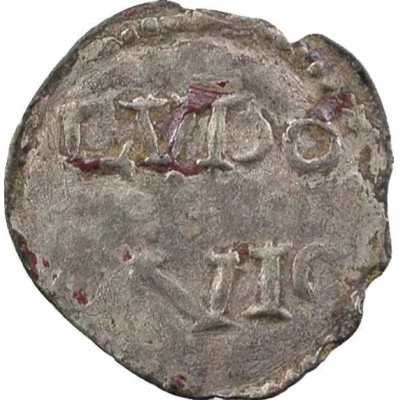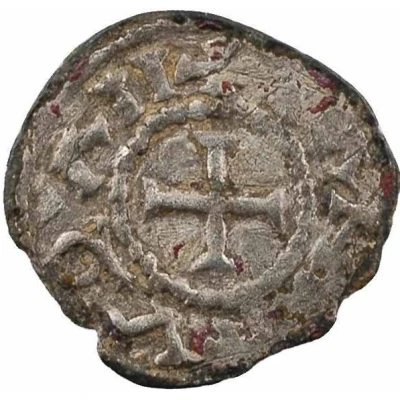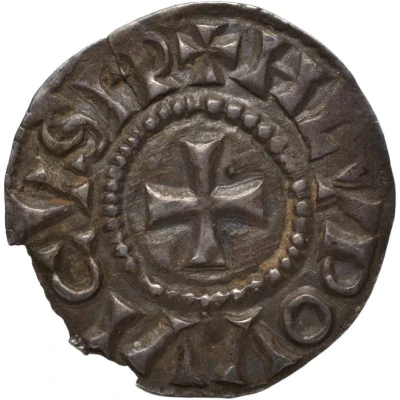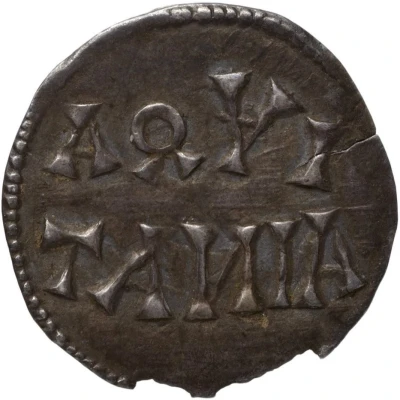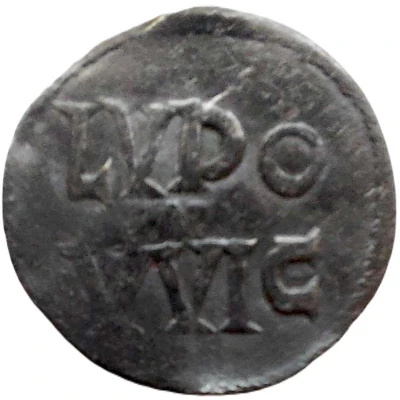
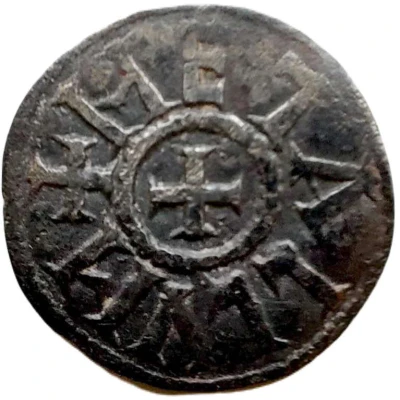

© Compendium (CC0)
Obol - Louis I Melle
| Silver | 0.64 g | 16 mm |
| Issuer | Kingdom of Aquitaine (Carolingian States) |
|---|---|
| King | Louis I (781-814) |
| Type | Standard circulation coin |
| Years | 781-814 |
| Value | 1 Obol (1⁄480) |
| Currency | Pound (781-987) |
| Composition | Silver |
| Weight | 0.64 g |
| Diameter | 16 mm |
| Shape | Round (irregular) |
| Technique | Hammered |
| Orientation | Variable alignment ↺ |
| Demonetized | Yes |
| Updated | 2024-10-09 |
| Numista | N#324362 |
|---|---|
| Rarity index | 97% |
Reverse
Cross within a beaded circle.
Script: Latin
Lettering: ✠ METALLVM
Translation: Melle.
Comment
Louis, who has been king of Aquitaine since 781, became emperor on the death of his father Charlemagne in 814, as his only surviving legitimate son.Interesting fact
One interesting fact about the Obol coin is that it was used as a form of currency during the reign of Louis I, also known as Louis the Pious, who was the King of the Franks and Holy Roman Emperor from 813 to 840. The coin was minted in the city of Melle, which is located in modern-day France, and it was made of silver, which was a valuable and widely used metal at the time. Despite its small weight of 0.64 grams, the Obol coin played an important role in the economy of the Kingdom of Aquitaine and was used for everyday transactions.
